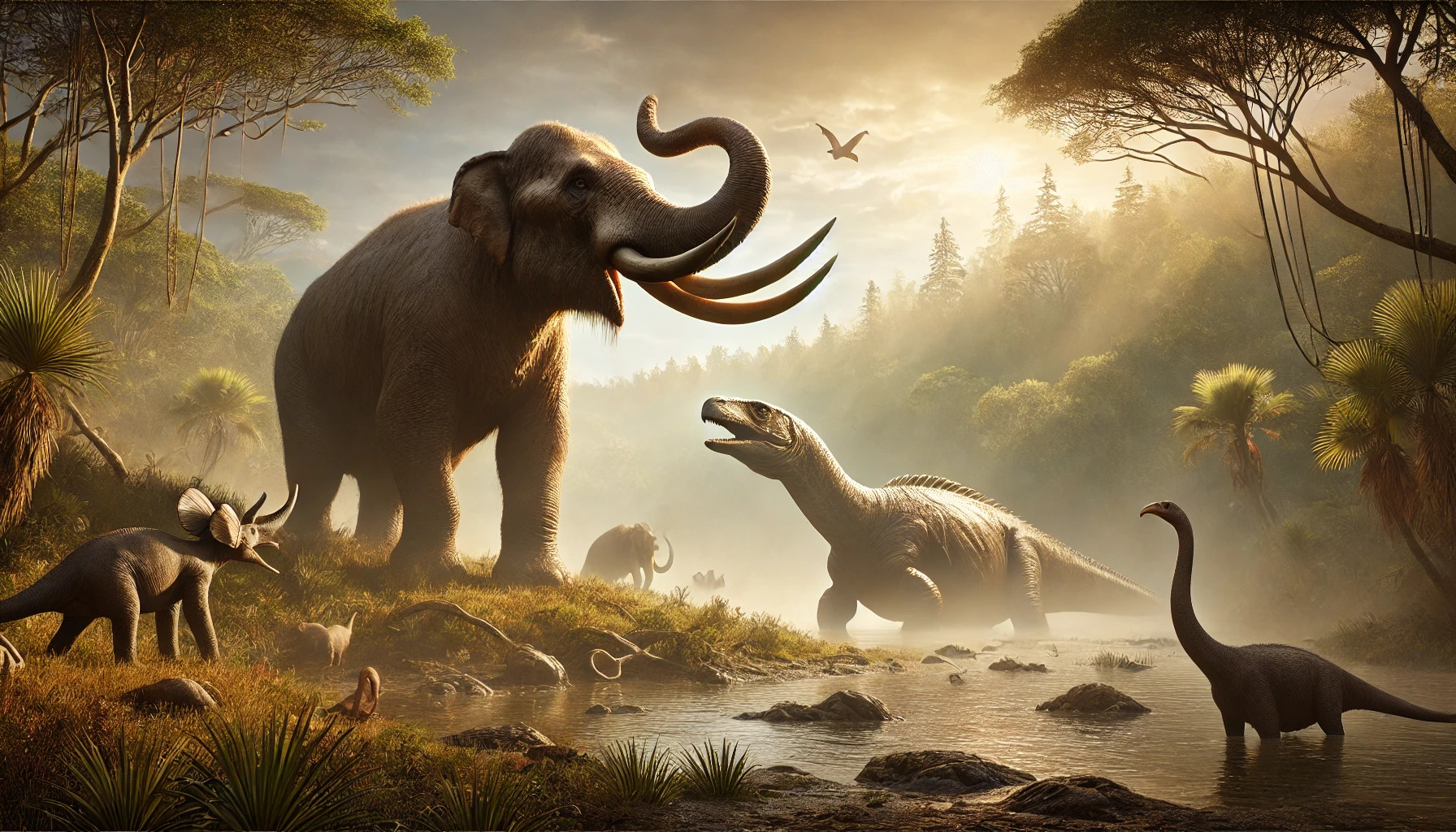Throughout history, many real animals have been mistaken for mythical creatures. From the giant squid being thought of as the kraken to the okapi inspiring tales of unicorns, these mix-ups spark curiosity about how our ancestors interpreted the world around them. Some extinct animals, like the woolly mammoth and the dodo, were also misidentified as legendary beings, showcasing the fine line between reality and myth.
These misidentifications often stem from sightings of rare or unusual animals that captured the imagination. As explorers ventured into uncharted territories, they encountered creatures that seemed so otherworldly that they inspired folklore and legends. This article will explore fascinating examples and reveal how ancient stories may have been based on real-life encounters with extraordinary animals.
Readers will discover how the past shapes the tales of today and learn about the extinct animals that became part of our mythical landscapes. Engaging with these stories offers a deeper understanding of both human imagination and the wonders of nature that once roamed the earth.
Historical Context of Mythical Creatures
Mythical creatures have deep roots in human culture and history. Many beings once thought to be purely imaginary may have originated from real animals or ancient beliefs. Understanding these contexts helps reveal why certain creatures became legendary.
Cultural Impact and Beliefs
Throughout history, various cultures have created stories around mythical creatures. For example, the unicorn, often seen as a symbol of purity, likely stemmed from accounts of real animals like the Indian rhinoceros.
These stories served multiple purposes. They explained natural phenomena or human experiences and often embodied the values and morals of societies. Creatures like dragons and griffins represented strength and power, while others like mermaids reflected human fears and desires.
Early Accounts and Descriptions
Early travelers and explorers often described strange creatures they encountered. Lack of scientific knowledge led people to embellish their stories. Manatees were seen as mermaids, and giant squids became krakens in tall tales.
These accounts were influenced by local folklore and the imagination of the narrator. Ancient texts often mixed fact with myth, making it difficult to separate reality from fiction. As interests in exploration grew, these tales shaped popular images of mythical beings, allowing them to flourish in cultural narratives.
Misidentification and Scientific Discovery
Misidentification has played a significant role in shaping myths about mythical creatures. As scientists discover more about extinct animals, many legendary figures link back to real-life counterparts.
Narwhals and Unicorn Legends
Narwhals, known for their long, spiral tusks, have often been compared to the mythical unicorn. Early sailors mistook these tusks for unicorn horns. This misconception contributed to legends about the elusive creature believed to possess magical powers.
The narwhal’s tusk can grow up to 10 feet long. In history, it was thought to have healing properties and could counteract poison. Such tales highlight how misidentified animals can shape cultural myths.
Protoceratops and the Griffin Myth
The Protoceratops was a small dinosaur that might have contributed to the legend of the griffin. Found in Mongolia, fossils of this creature exhibit features like a beaked face and horn-like frills. Early explorers could have mistaken the remains for a hybrid of a lion and an eagle.
In ancient times, reports of these fossils may have sparked stories about griffins, creatures said to guard treasures. The mixture of truth and imagination shows how fossils can inspire fantastical tales.
Coelacanths and Sea Serpent Tales
Coelacanths are ancient fish species once thought extinct until their rediscovery in 1938. Before this, their rarity led many to believe that sightings of large, serpent-like creatures were sea serpents. Reports described these “monsters” with long bodies and lobed fins.
The coelacanth offers a fascinating insight into the connection between real-life creatures and mythical tales. It sheds light on how misidentifications can become part of ocean lore, blending facts with folklore.
Contributing Factors to Misidentification
Misidentifying extinct animals as mythical creatures has historical roots in various factors. These include challenges in fossil interpretation, gaps in biological knowledge, and the tendency to embellish tales through anthropomorphism.
Fossil Interpretation
Fossils can be perplexing. Often, they are incomplete or damaged, making it hard to identify the original creature. Paleontologists face the challenge of piecing together fragments into recognizable forms. This can lead to incorrect conclusions.
For example, certain bones might resemble those of known animals. If an extinct species shares features with more familiar creatures, it can be misidentified as a mythical being. The imagination can fill the gaps left by incomplete evidence, leading to tales of dragons or griffins.
Lack of Biological Knowledge
In earlier times, people had limited understanding of biology and paleontology. With less exposure to real animal diversity, they were quick to connect fossil findings to imagination. Creatures like mammoths and large reptiles were exotic to ancient societies.
Their lack of biological knowledge allowed myths to flourish. Fossils might be seen as remains of legendary creatures, rather than extinct animals. This gap in understanding fueled stories of mythical beasts.
Anthropomorphism and Embellishment
Anthropomorphism involves attributing human traits to non-human beings. This tendency has influenced the perception of fossils. When ancient people encountered strange bones, their imaginations transformed these remains into dragons or other mythical beings.
Embellishment plays a role too. Stories can evolve with each retelling, often growing larger than life. As tales spread, misidentifications became more common, blending fact with fiction. This creative storytelling shaped cultural beliefs and legends surrounding extinct animals.

